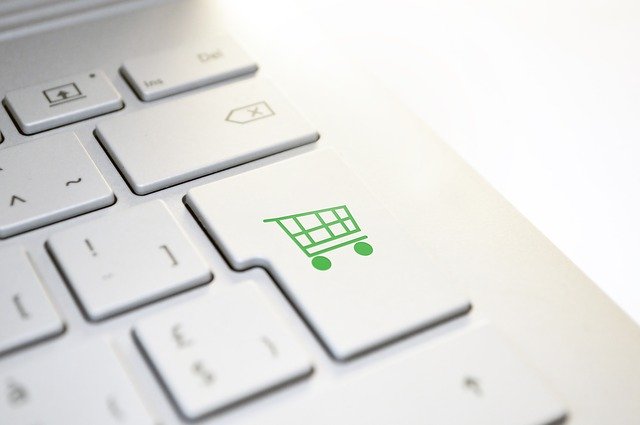The world has changed significantly. No, this is not a philosophical statement. This has reference to the outbreak of the novel coronavirus, which began a few months back in China and became a threat to the whole world. Apart from taking lives, the virus has changed the behaviors and cultures.
How businesses are done has also changed. The common man, who would happily invest in things of luxury before the virus spread, is now interested in buying essentials only. This behavioral shift is mainly because the lockdown — a step taken by the governments to put a brake on the spreading of virus — has taken jobs and blocked the sources of earning to a greater extent.
In that picture, it has become increasingly difficult for businesses to survive. On one hand, the customers’ buying preferences have changed. And on the other, their supply chain and manufacturing are adversely impacted.
They also have to pay their employees, which – because no or reduced sales – is going to be exceptionally distressful. Many eCommerce businesses have already or are planning to shutdown.
It seems like traditional commerce and eCommerce are never going to re-emerge from this slowdown. And even if it does recover, things are not going to be the same.
So, in this blog, we discuss some of the tips for e-commerce businesses to stay up and running during and after the coronavirus –
Shift Your Focus on Essentials –
As mention earlier, people are now more interested in buying essentials; you can take this opportunity to make a little change in your eCommerce product strategy. You can list and start selling essential goods and supplies on your store.
Essential items like food, canned food, fruits, juices, water, toilet paper, paper towels, face masks, gloves, sanitizers, cleaning supplies, and toiletries are unavailable at retail stores.
People are searching for these products online. So, you can think upon including them on your online store.
Email Marketing –
You will need to have a flexible eCommerce product marketing strategy in order to be stay in business. Once you have your products ready, it is time to tell your customers about it.
As an eCommerce store, you already have a customer database ready. All you have to do is to inform your customers that you have these items available.
Email marketing is still a powerful marketing channel that yields the highest outcomes amid the presence of social media and search engine marketing.
As a sign of care, you can send them customized gift cards and greetings along with the email. And for designing the custom labels, cards and greetings, you can take help from iCustomeLabel. Or else, you can use free but limited tools like Adobe or BeFunky.
Stay Connected with Your Audience –
Businesses that forget their customers, their customers forget them too. It is a rule of thumb.
In an era of digital and social, it is easy for businesses to stay connected with their customers and audience. You can use your social networks to communicate with your audience in real time. That’s the magic of social network.
In fact, you can connect with them anytime, anywhere – using your smart phone. Share your stories and listen to theirs. Respond to their comments and inboxes. Make them feel valued with your actions and language.
Mind Your Language –
You can share updates related to the availability of products on your store and the new inclusions in your product line. But remember, you have to do this all sensibly without acting like an aggressive marketer.
In addition to that, you have to take care of your language. Your tone should not sound like you are an opportunist trying to persuade customers to buy. Good impression is not about what you say, it is rather about how you say.
Do not try to sell anything directly – even if it is an essential item. That means, you MUST NOT introduce “COVID 19 Special Deals” or something similar on your website and social network.
Weigh up all your words carefully before sending them on website, emails, social networks, and inbox messages. You would not want to hurt customer sentiments during a difficult period like this.
Invest Right –
What makes most businesses fail is wrong decisions. Wrong decisions often drink a huge amount of business capital. When the traffic and sale on your eCommerce portal are down, you have to develop right strategies evaluating the past performance of your business and website.
Scan through your sales data, product performance metrics, and website analytics to peep into what is not working. Develop strategies around factors that have failed at meeting your expectations.
If your leads and traffic are not converting, you need to work on your approach. If products are getting negative reviews, you will need to fix the quality of your product and service.
You can also take this time to improve your website’s performance – which is directly related to its design and content. Find an eCommerce website template that fits into your budget and requirements. If your website often gets slow, you can speak to your hosting provider to get the issue resolved.
Test your website for buying experience. Make sure that buying a product does not take more than three to five steps. Do check the performance of your cart. Tighten your supply chain and logistics as well.
The idea is to make everything in order that does not work or that does not perform to your expectations. These are small steps you can take now for a brighter future of your business.
Guest post courtesy of Smith Willas

